I have always been captivated by the remnants of ancient civilizations (hey, my BA is in Classical Civilizations), and the sole reason I had endured our trek from Bulawayo to Masvingo was the prospect of seeing Great Zimbabwe. The ruined city, constructed between the 1100 and 1450 AD, is an UNESCO World Heritage Site and the namesake of the modern nation of Zimbabwe.
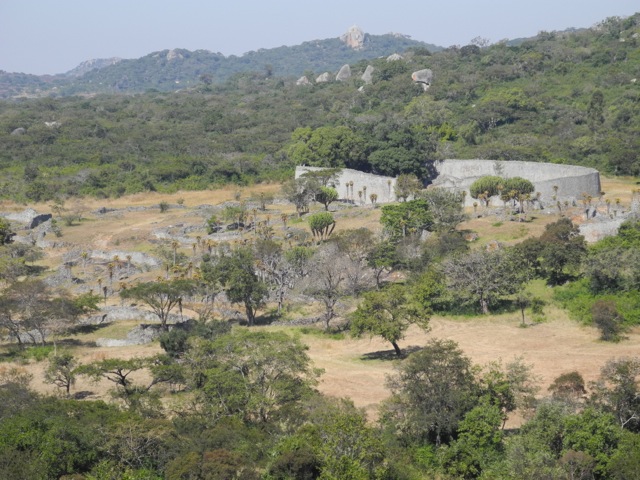
Alas, although Masvingo is the closest town to Great Zimbabwe, the ruins were still almost thirty kilometers away … which, after our previous day of travel, a distance which did not seem very inviting.
We set out before breakfast, armed with only the vaguest description of where we might find the proper minibus. Luckily, Zimbabweans are almost uniformly exceptionally friendly and helpful, and we were quickly pointed in the right direction. By the time our minibus departed thirty minutes later, it was crowded with twenty adults (among us a FedEx delivery man, complete with package to be delivered), two babies, and two boxes of peeping chicks. (The woman seated directly in front of us had a baby – which fixed us with an incredibly serious gaze during the journey – and a box of chicks. Whenever the woman turned her attention to the baby, the box of chicks tilted precariously and we were worried they were going to spill everywhere.)
The minibus dropped us off at a T-junction, leaving us with about one kilometer left to walk – a combination of continuing along the same dusty highway and cutting through the grounds of a once-upmarket but now-faded-glory hotel, including a brief interlude of baboon-dodging. Once we arrived at the entrance, we paid our entrance fee (the foreigner rate of $15 per person) and hired a guide ($6), a man named Champion who patiently waited while we devoured a grapefruit and then took us on a highly informative tour.
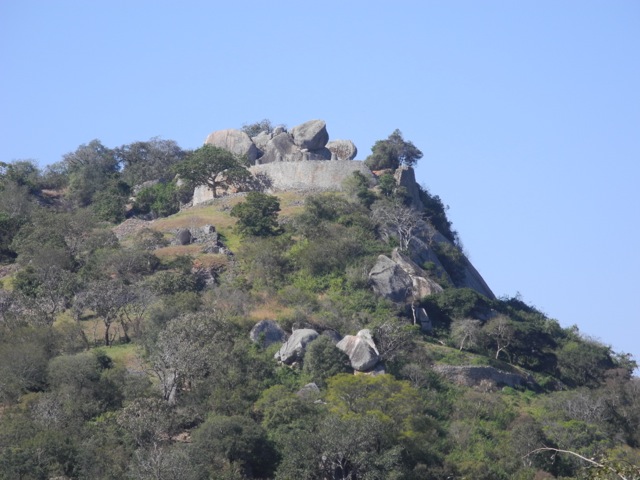
Great Zimbabwe is divided into three sections: the Hill Complex, the Valley Complex, and the Great Enclosure. The use of each of the sections remains the subject of speculation, and what I’ve reported here is a combination of what we learned from Champion, the on-site museum, our guidebook, and the internet.
First, Champion led us up the Ancient Path to the Hill Complex. The Hill Complex is, as the name implies, atop a huge granite boulder-strewn hill. (Champion explained that this why he starts his tours here: otherwise, the guests might be too tired to climb the hill.) The Hill Complex is the oldest portion of Great Zimbabwe, and, according to the UNESCO website, was inhabited from the eleventh to fifteenth centuries. It is thought that the ritual and royal enclosures were located in the Hill Complex.
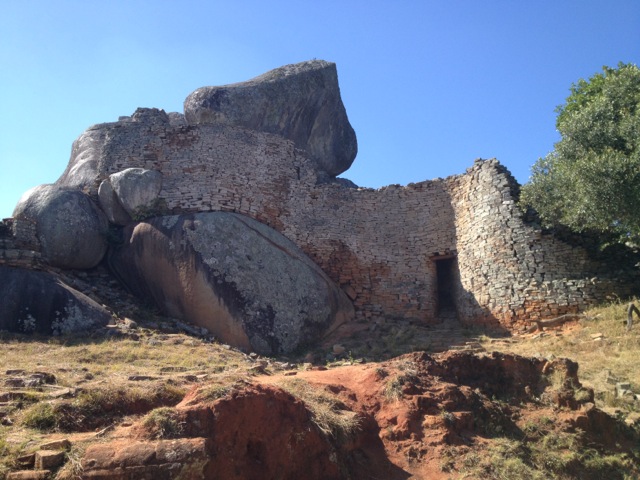
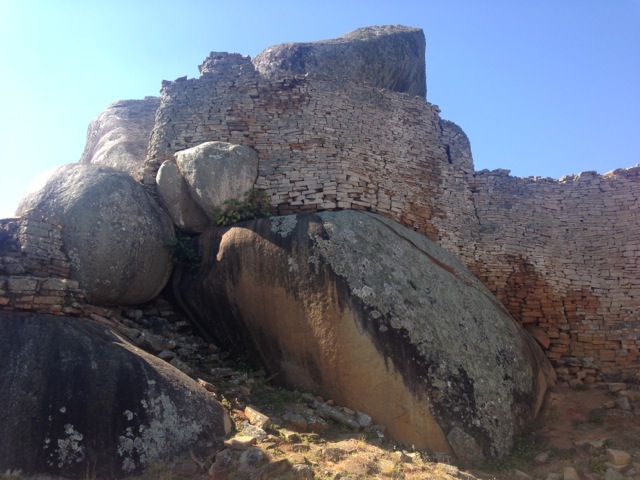
The Ancient Path, which curved through giant boulders and led up stone stairs with increasingly narrow walls, was part of the Hill Complex’s defense system, as it served as a bottleneck for all approaching visitors. Our trek up the path was almost as interesting as our visit to the Hill Complex itself.
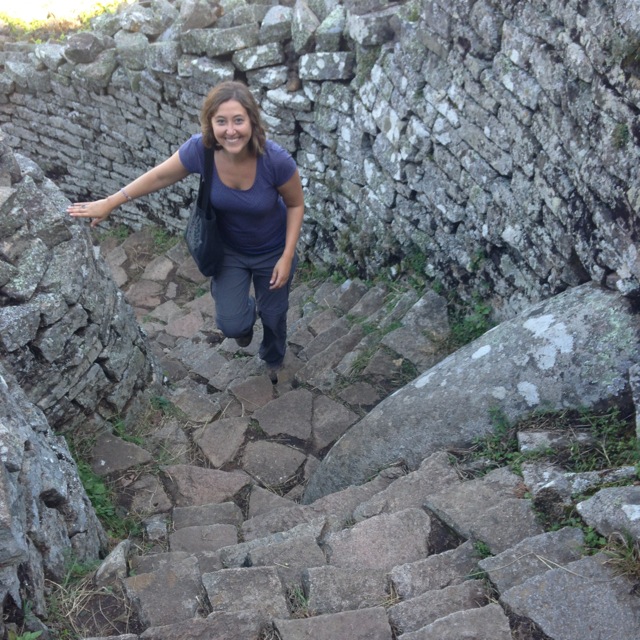
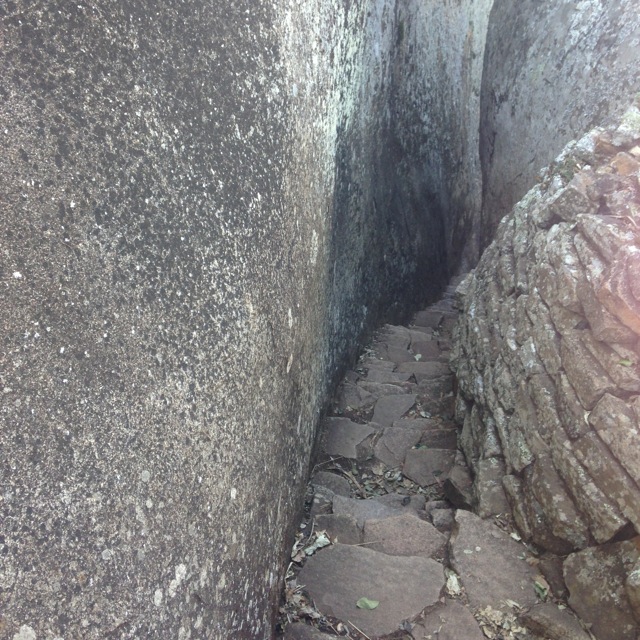
Next, Champion led us down the Modern Path (a less steep path of more recent vintage down from the Hill Complex) to the Valley Complex, where the citizens of Great Zimbabwe would have lived.
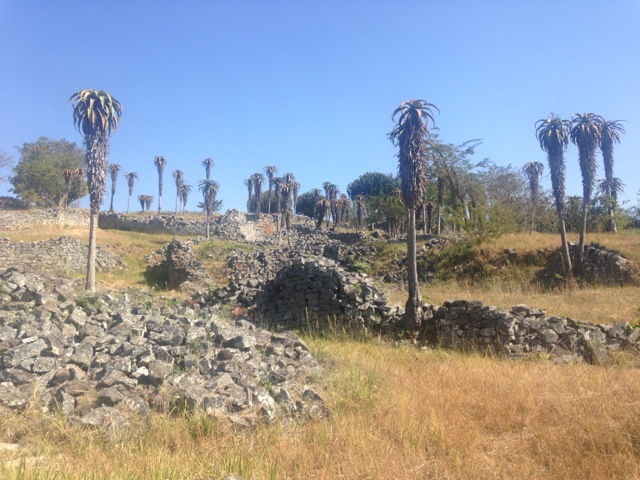
Finally, we entered the grand Great Enclosure, which dates to the fourteenth century. Here’s a fun fact for you: the Great Enclosure is the largest existing pre-colonial structure in sub-Saharan Africa. Impressive, right? It is thought that this is where the king and his wives would have lived.
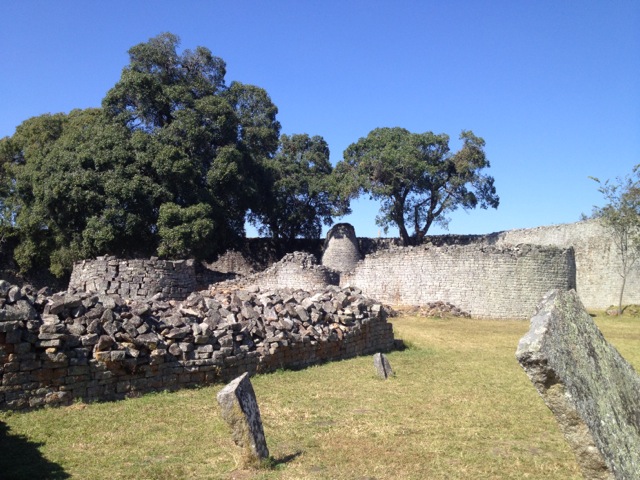
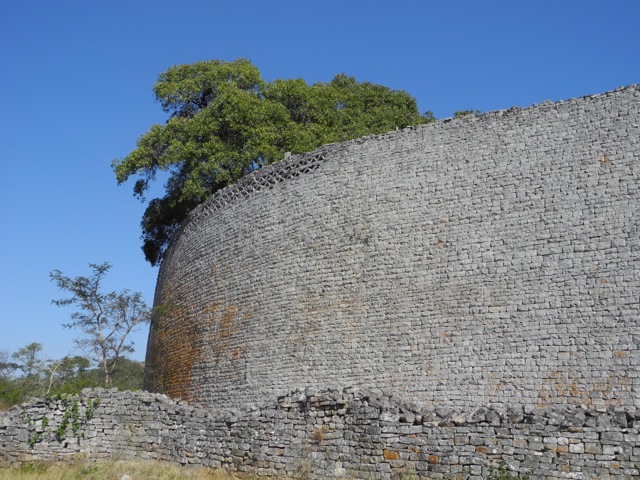
One of the most iconic features of Great Zimbabwe is also the most mysterious. The Conical Tower, located inside Great Enclosure, is the source of much speculation. Early European explorers thought it might have contained riches, but discovered it was a tower of solid rocks. Champion told us there’s speculation that it might be an image of a grain silo, which would signify wealth, and our guidebook suggests that it might have significance for fertility.
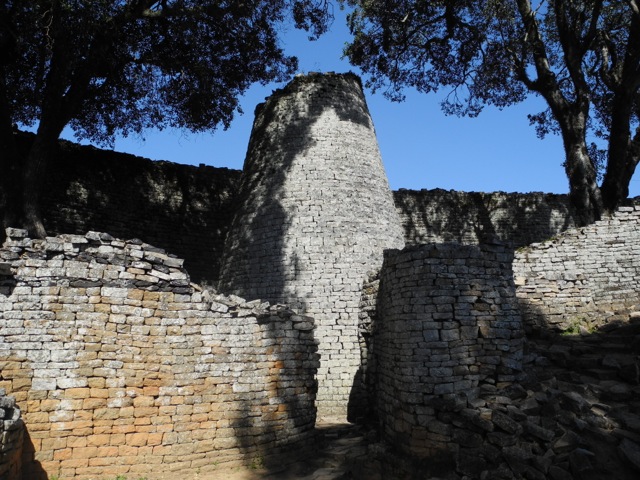
Another interesting part of the Great Enclosure is the Parallel Passageway. Our guidebook suggests that it might have been a passageway to move to the Conical Tower without being detected by the inhabitants of the Great Enclosure, or it might have been that the people simply learned how to construct better walls and built a new wall on the outside of the existing wall, creating a passageway.
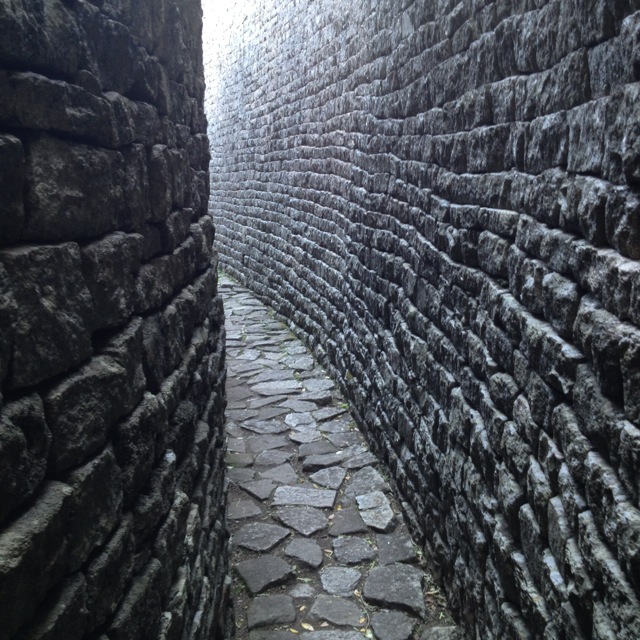
After we finished touring the ruins themselves, we visited the on-site museum. The museum provided insight into the lives of the citizens of Great Zimbabwe, but the highlight was the soapstone birds. These carved birds, which were found at Great Zimbabwe, came to be the national emblem of Zimbabwe. The story of how many of the birds were removed from the site after European colonists discovered Great Zimbabwe over a century ago, and the journeys the individual birds took – some through South Africa and Europe – before most were eventually returned to Zimbabwe was fascinating.
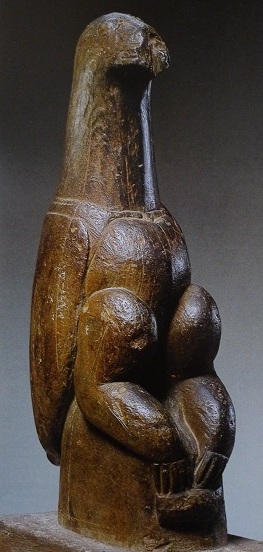
Great Zimbabwe did not disappoint. The ruins are more impressive than I had expected, and they are well cared for. While climbing around them, you can almost imagine the city as a bustling hub of civilization.
Unfortunately, we didn’t have time to linger. The thought of spending another night in Masvingo was enough to curdle our blood, and we needed to make it back to town in time to board one of the afternoon buses headed for Harare. Once we were done with our tour, we hustled back to the main road as quickly as possible. We returned to the T-junction where the minibus had dropped us off that morning and waited. And waited. And waited.
Finally, we spotted what we believed to be another minibus approaching. We attempted to flag it down, and it pulled over slightly ahead of us. Usually, when a minibus pulls over to admit passengers, the driver’s assistant will swing out from the sliding door and usher you inside – but nothing happened. We were unclear whether this was a legitimate minibus or just someone pulling over to purchase fruit from the vendors set up near us, so I jogged up to investigate. The sliding door opened and a well-dressed man leaned out to ask where we were going. After I told him we were headed to Masvingo, he gestured for us to get in. We climbed inside and realized that we were in a private minivan filled with other well-dressed middle-aged men and a woman with a baby.
And that is how we became accidental hitchhikers. We paid the same fare we would have paid for a minibus (in Africa, it’s common for hitchhikers to pay their own way), but the ride was much more pleasant than it would have been in a minibus: not only was the vehicle less crowded and more comfortable, but the other passengers were pleasant folks who were interested in our trip and what we had thought of Great Zimbabwe, and who gave us information about finding a bus to Harare.
After they had dropped us off in Masvingo and wished us well, we hurried to retrieve our bags and beat the heck out of Dodge …

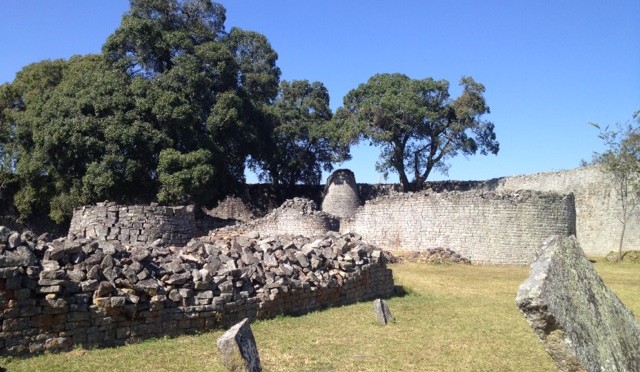

Another great story, Katie. You make us feel as if we’re right there with you on your adventure. Keep up the good work.
Thanks, Carol! Can’t wait to hear about your own African adventure!
“And that is how we became accidental hitchhikers.” I love it! Wonderful writing, Katie.